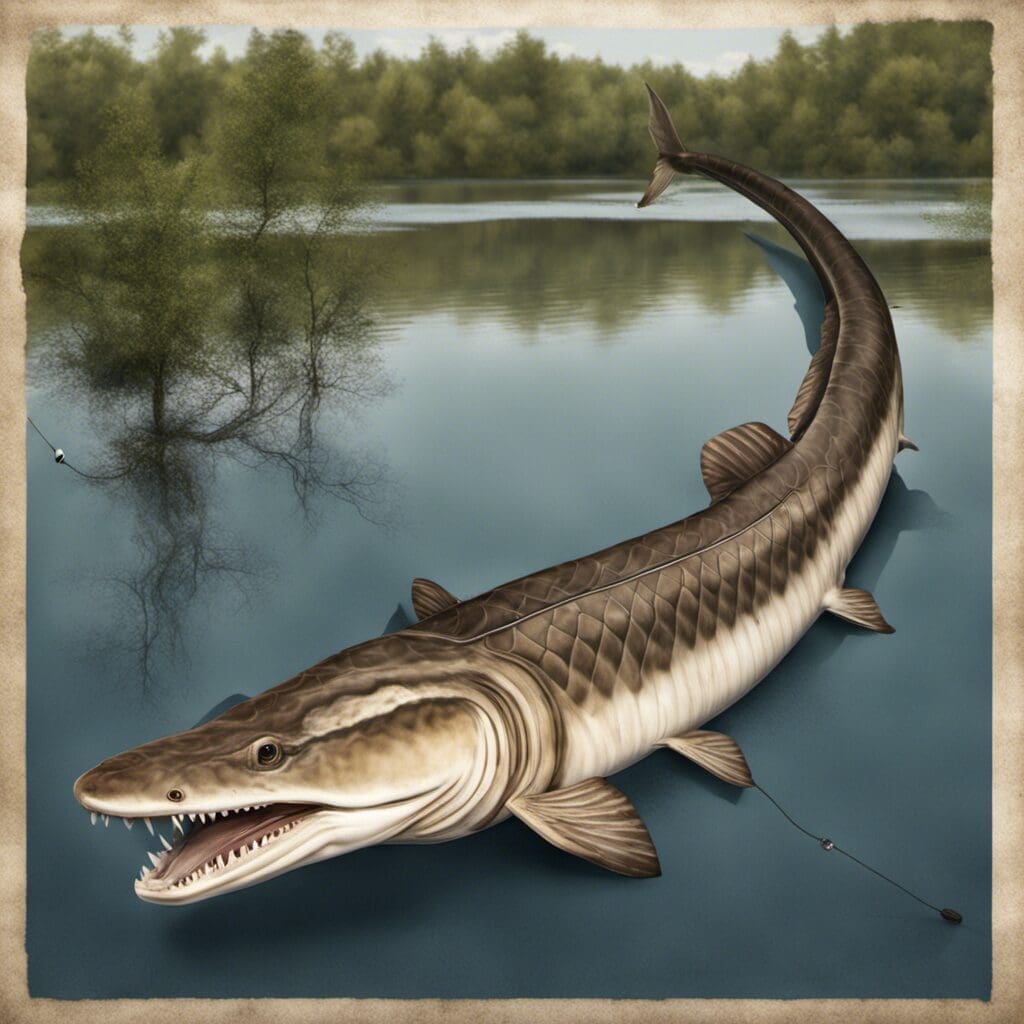Introduction
The Lake Sturgeon, scientifically known as Acipenser fulvescens, is a member of the Acipenseridae family. Renowned for its unique shark-like appearance and size, it is among the largest freshwater fishes in North America.
Conservation Status
Regarded as a threatened species, the Lake Sturgeon is currently subjected to several conservation efforts. Human activities such as overfishing and destruction of habitats for commercial and industrial purposes have greatly contributed to the decline in their population.
Statistics
| Measurement | Average | Range |
|---|---|---|
| Length | 55 inches | 30-70 inches |
| Weight | 40 lb | 2-157 lb |
| Average Lifespan | 55 years | 55-150 years |
Distribution
Lake Sturgeons are primarily found in North America, particularly around the Hudson Bay and the Mississippi River drainages. While mainly non-migratory, some species undertake short distance migrations for spawning.
Habitats
Lake Sturgeons are found mostly in freshwater bodies such as deep lakes, reservoirs, and bottom-range rivers, where the temperature ranges between 15 to 20 degrees Celsius.
When and Where to See
Late spring to early summer, particularly from May to June, is typically the best time to spot them. As for what time of day, sunrise or sunset are ideal.
Best Fishing Locations
The Top 10 locations for fishing Lake Sturgeons are:
1. Lake Michigan
2. Lake Erie
3. Lake Huron
4. Lake Superior
5. Lake St. Clair
6. Rainy River
7. St. Lawrence River
8. Missouri River
9. Fox River
10. Columbia River
General tips for finding Lake Sturgeon: Look for cooler, deeper bodies of water, particularly ones with a rocky or hard bottom.
How to Catch
Preferred baits for catching Lake Sturgeons include nightcrawlers, leeches, and minnows. Bottom fishing is the most common technique for catching these fishes, with early morning or late in the evening during spring being the ideal time.
Identification Guide
The Lake Sturgeon is typically gray or olive in color, with a more yellowish belly. Adult sturgeons have five parallel rows of bony plates. The species can be differentiated from others by their longer snout and conical shape.
Culinary
Despite its muscular, coarse flesh, Lake Sturgeon is valued for its flavor and texture. It’s often smoked or used to make caviar. It’s important to note that due to its conservation status, however, many regions prohibit the capture and cookery of Lake Sturgeon.
Additional Information
Feeding primarily on small fishes and benthic organisms, Lake Sturgeons prefer to feed at night. They are highly resilient, surviving in conditions that would be challenging for many other fish species. The most significant threat to Lake Sturgeons is human activity.
References and Further Reading
For further reading, the following resources provide ample information:
1. Minnesota Department of Natural Resources – Lake Sturgeon
2. US Fish and Wildlife Service – Lake Sturgeon
3. Animalia – Lake Sturgeon

